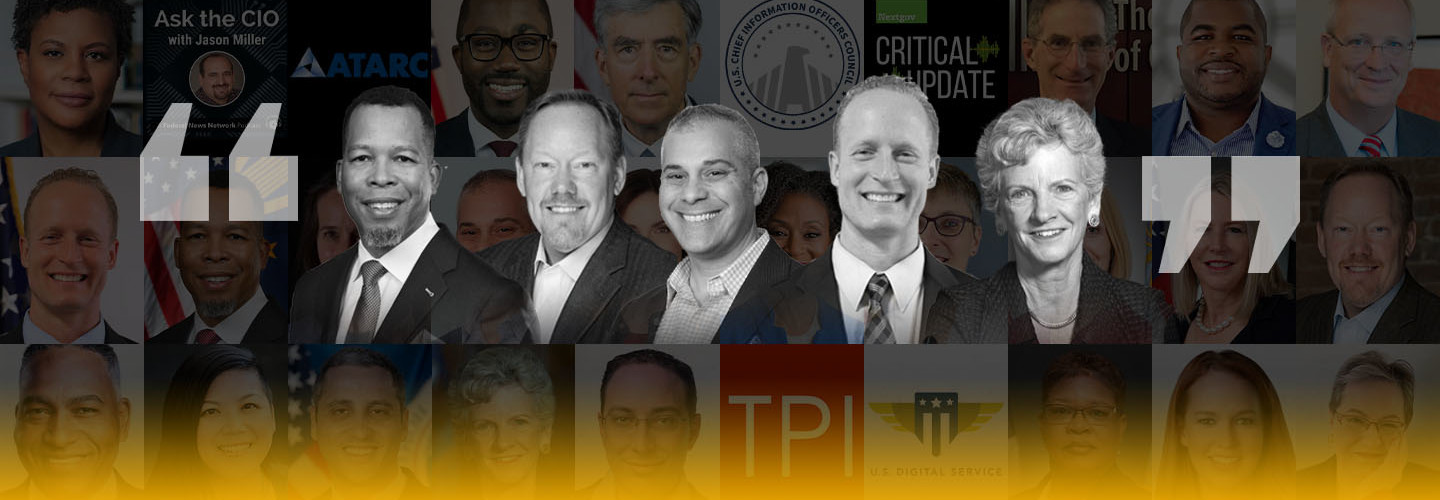Investment in Education Is Necessary to Broaden Federal IT Workforce
“We can leverage industry partners at times to accomplish some of our mission-critical work, but it still requires having federal employees who are subject matter experts to oversee the work,” says Don Means Jr., director of the Operations and Infrastructure Center for the Defense Information Systems Agency.
DISA oversees the IT infrastructure used by the Department of Defense’s nearly 3 million employees worldwide, so “our workforce is our most precious resource,” Means says. “An investment in STEM at all levels of education is essential to increasing the talent pool we’ve become increasingly reliant upon.”
READ MORE: Diversity in the workforce can encourage new IT ideas.
Nongovernment influencers who work with federal agencies also see the need. Amazon Web Services runs the AWS Government Executive Education program, a four-day, MBA-style course for government leaders that provides guidance on IT transformation.
“In order to keep up with changes in technology, it’s important to build an IT workforce that understands what the new technologies are and to help them stay ahead of the technology learning curve,” says Max Peterson, vice president for worldwide public sector at AWS.
New Recruitment Methods May Attract a Different IT Talent Pool
“Technology is only as good as the people who are rolling it out, integrating it, using it and supporting it,” says Jennifer Kenney-Smith, one of the hosts of the ATARC Federal IT Newscast. The government is “losing talent to the private sector for higher salaries, flexible work schedules, remote work and unlimited leave.
“There is an opportunity for a complete overhaul and transformation of the hiring and retention practices,” she adds.
LEARN MORE: Federal agencies pivot to meet new workforce needs and demands.
Many federal agencies are working to find new ways to recruit additional IT staff. GSA is supporting the new U.S. Digital Corps, a two-year fellowship program that began in June, targeted at technologists who are early in their careers. “It has been great to see the federal government experimenting and implementing new ways to attract and retain a diverse technical workforce,” according to a statement from the Corps team.
New Federal Workers Look for Flexibility, Additional Training
Former U.S. Department of Agriculture CIO Jonathan Alboum, now principal digital strategist and federal CTO at ServiceNow, sees the recent evolution to remote and hybrid work as key to attracting new IT staffers and retaining the employees who are already there.
“The right technology to do your job drives higher levels of engagement and job satisfaction. Federal employees want to be able to do their jobs where and when they need to,” he says. “We should be expecting agencies to retire as many in-office tasks as possible. This is a complex digital transformation that isn’t getting enough attention.”
DISCOVER: How CDW’s IT services can assist agencies with digital transformation.
Government IT leaders understand this. “Shifting business priorities and the exponential and rapid pace of technology change demands a certain agility in how we manage our workforce,” says GSA CIO David Shive. “We need to ensure that we’re enabling currency in our existing workforce with training, development and experiential learning opportunities.”
And they’re not averse to promoting their own agencies as places where that can happen. “GSA is a great place to work, and we’re doing innovative things with information technology,” Shive adds. “Come join us.”




.jpg)
.jpg)
.png)



